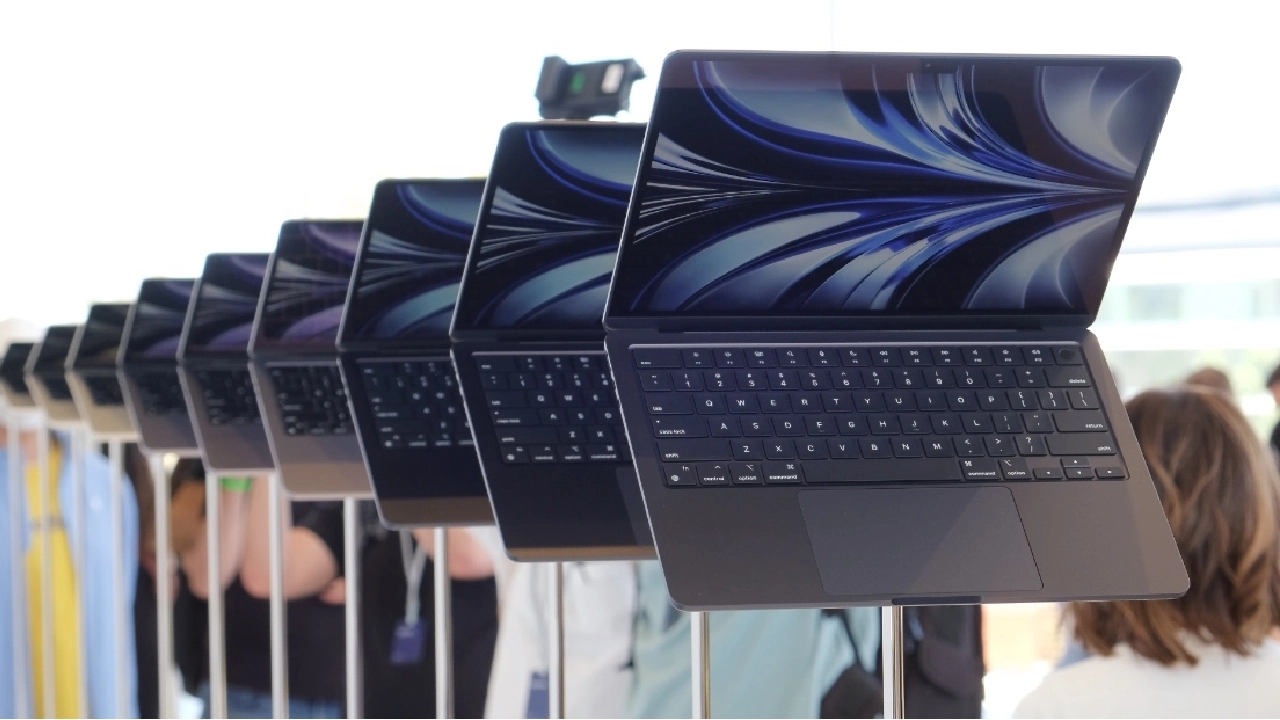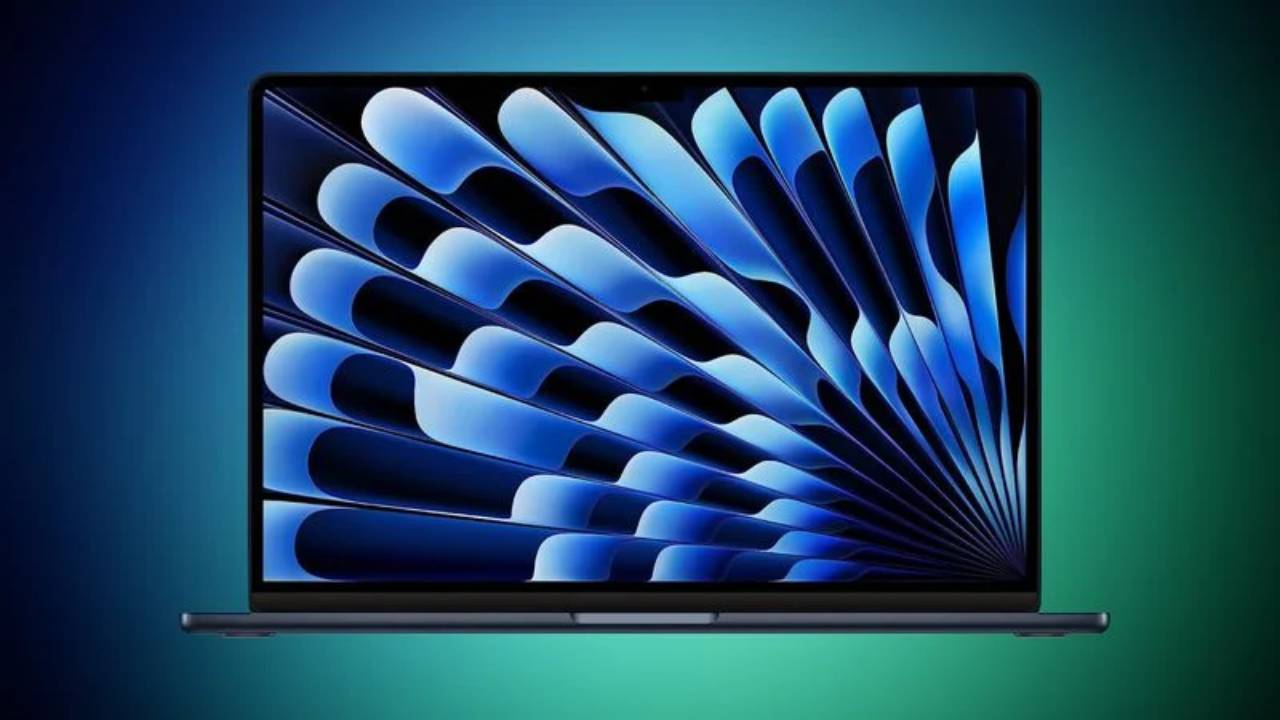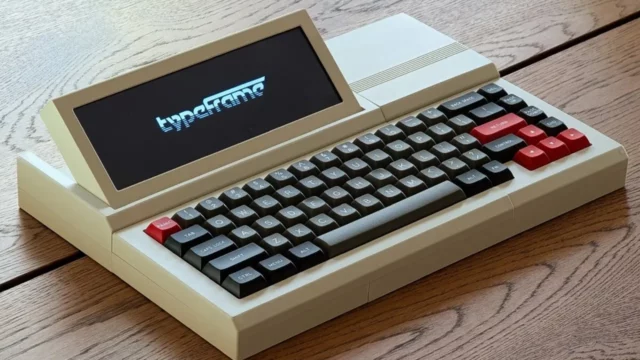Apple plans to replace the current amorphous silicon (a-Si) panels with more advanced Oxide TFT LCD display technology on the MacBook Air in 2027. According to a new report published by The Elec, this change will significantly improve the image quality and energy efficiency of the device.
MacBook Air is renewed with Oxide TFT LCD before OLED!
Oxide TFT LCD panels offer higher power efficiency and improved performance compared to traditional a-Si displays. This new display technology will deliver sharper images, smoother scrolling and increased battery life.

Pixel response time is expected to accelerate and screen brightness is expected to become more consistent, while blurring will be reduced, especially in fast-moving images. In addition, thanks to the low energy consumption of these displays, the battery life of the MacBook Air is expected to be longer.
Samsung Display and BOE are improving the production capabilities of these advanced panels. Samsung Display is installing new deposition machines on its A6 production line, while BOE is upgrading its B16 line to similar capabilities.
Although it is stated that the companies plan to produce millions of units annually, exact production targets have not been announced. It is also included in the report that Apple is evaluating different alternatives for the companies that will supply these displays.
Following reports that Apple postponed its OLED MacBook Air plans from 2027 to 2029 or later, leaks about the LCD upgrade seem quite consistent. It should be noted that the main reason for leaving the OLED transition to a later date is the cost of production.
On the other hand, it is rumoured that the development process of the OLED MacBook Pro with a thinner design continues as planned and is expected to be released in 2026. Annual production capacity is expected to be between 3 and 5 million units. So those who want an OLED screen will turn to the Pro model.














